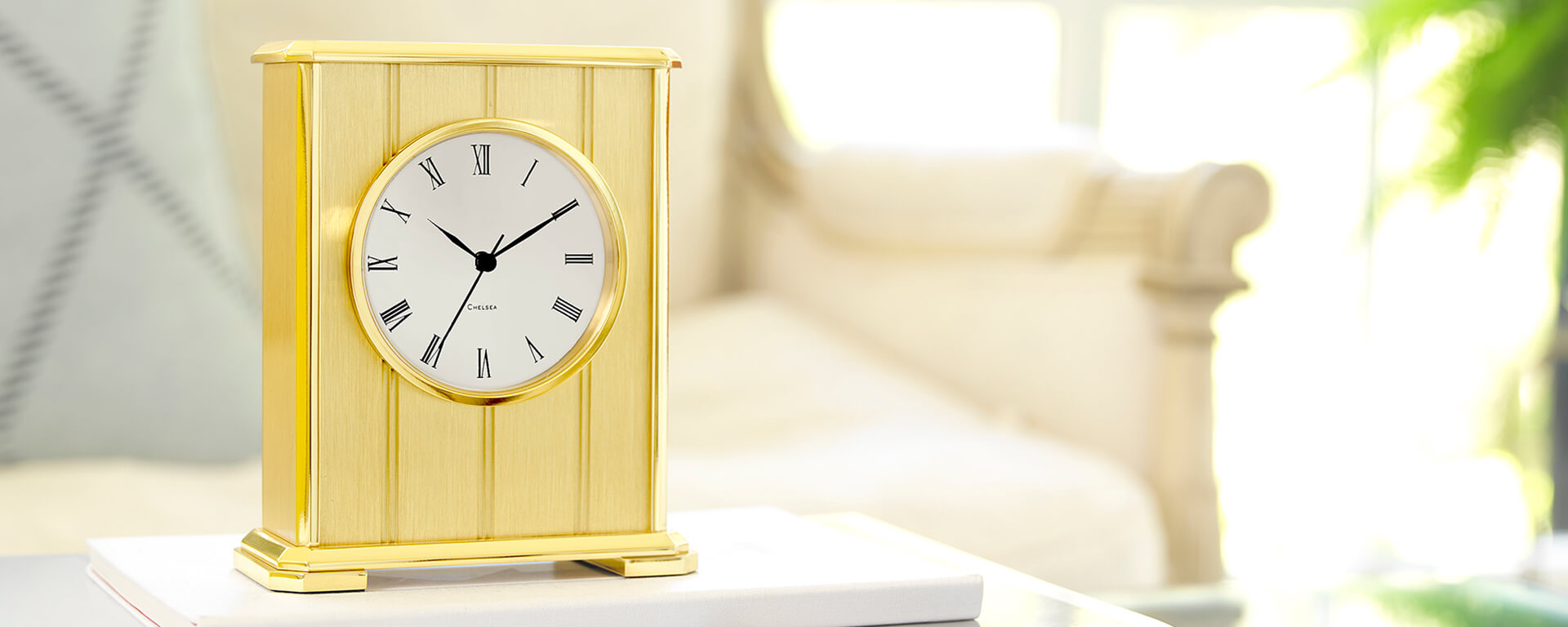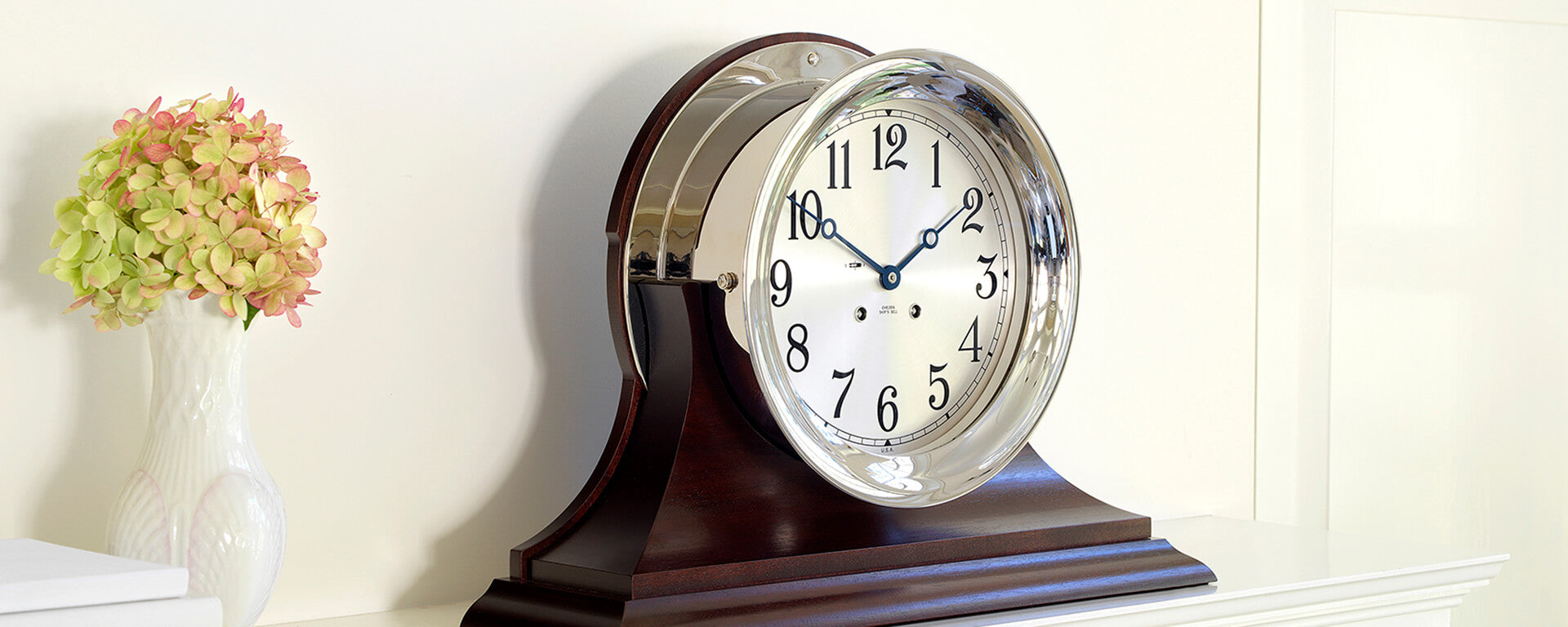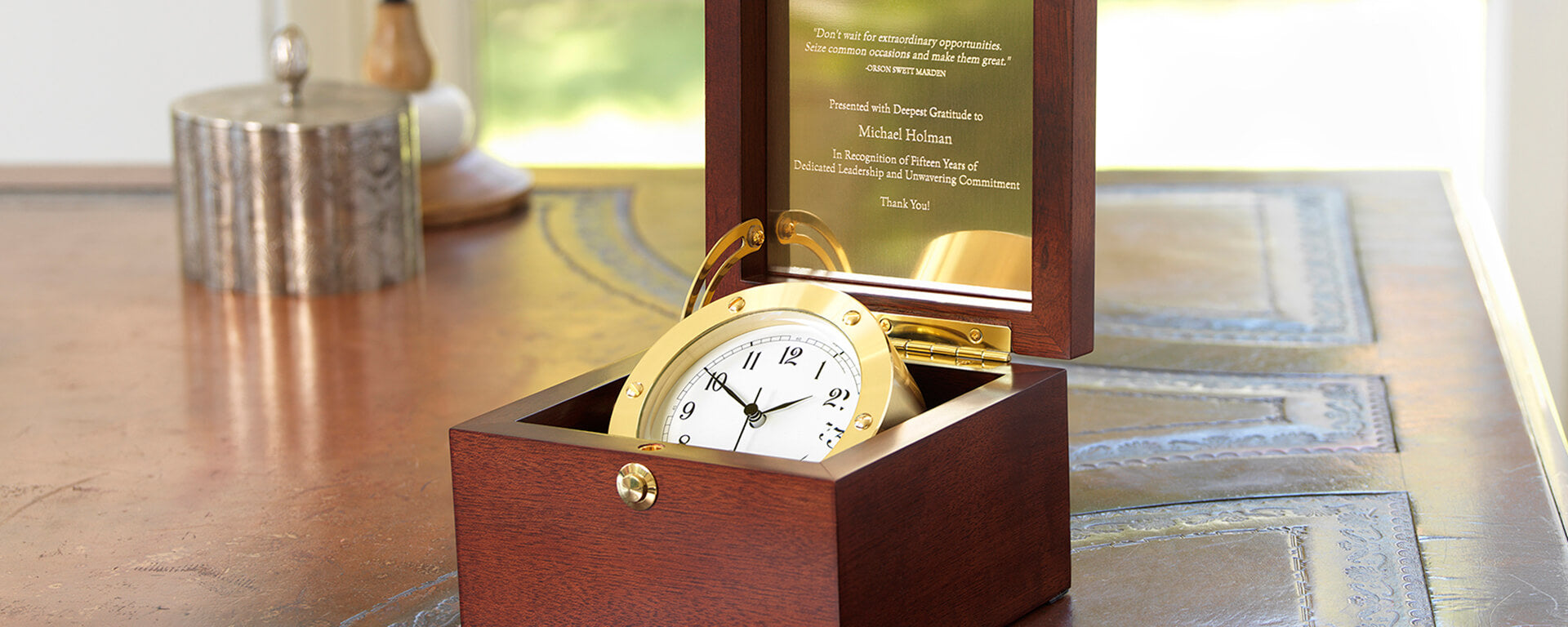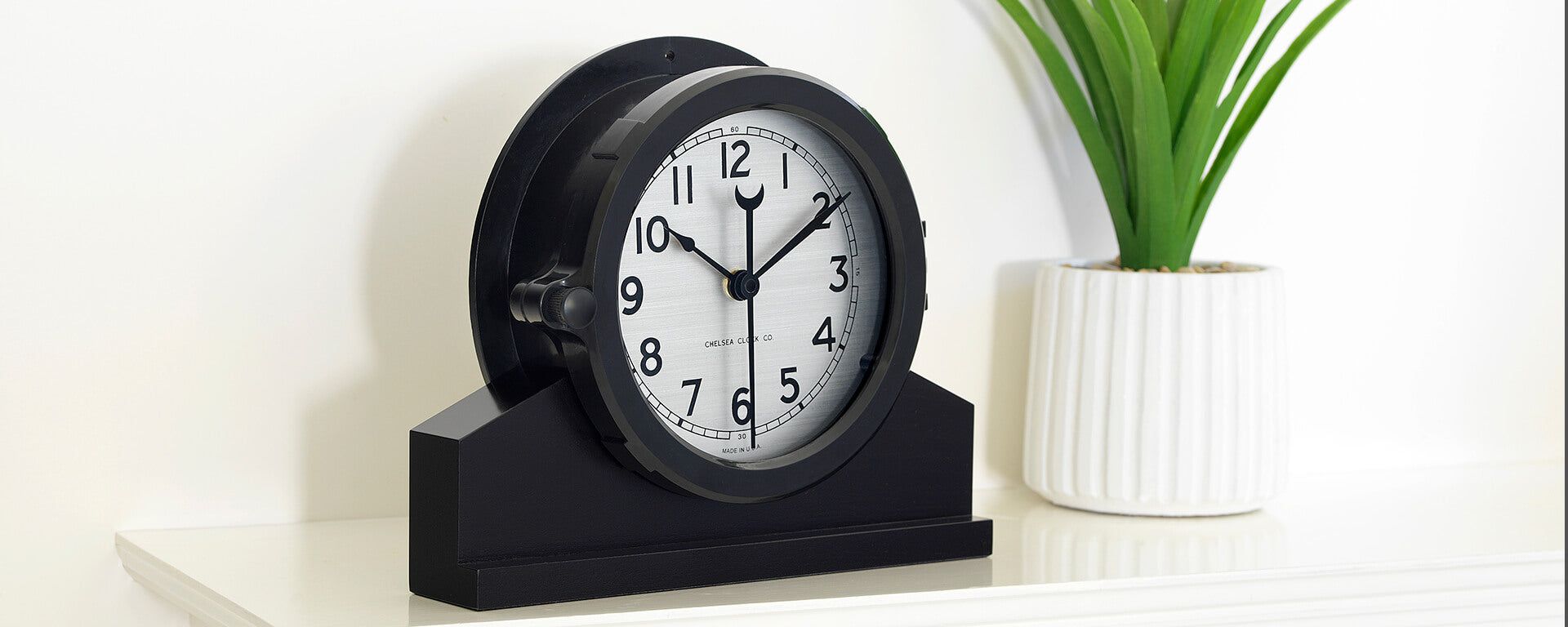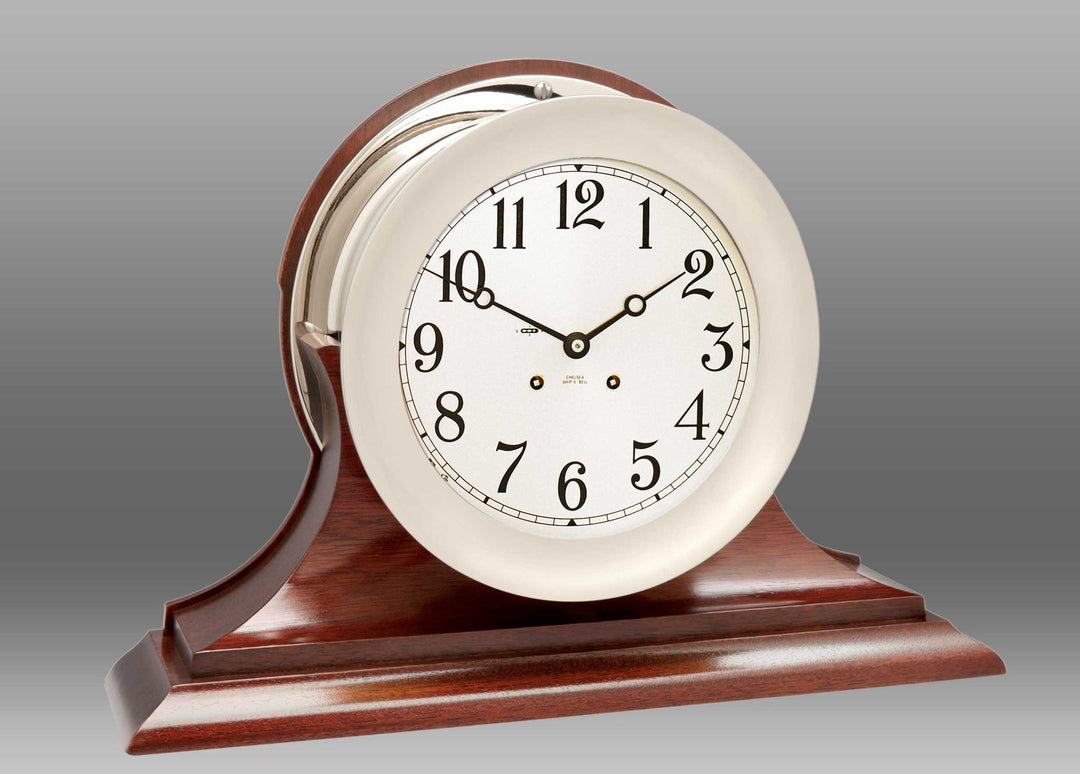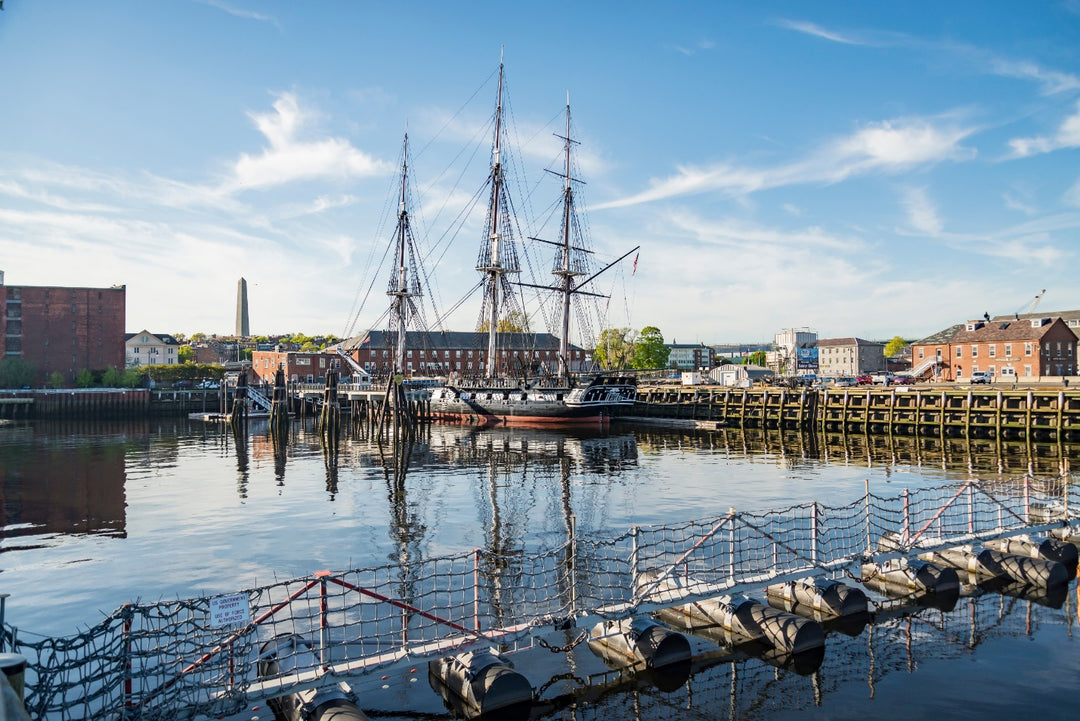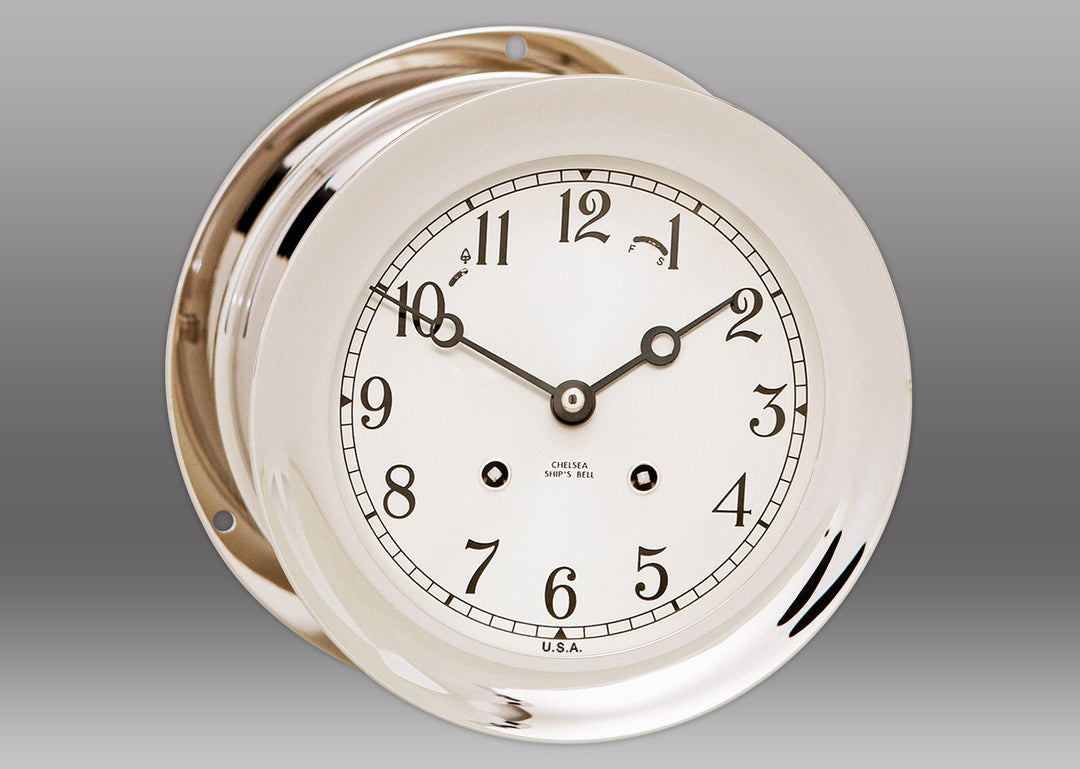What is Horology
The history of timekeeping, called the science of horology, is a lens through which we can view the advance of scientific inquiry and some of the influential people and ideas associated with these developments. In future postings I would like to continue to explore the historical advances of timekeeping technology.
The story of timekeeping reflects the efforts of humankind to understand the natural world. Early humans were aware of the cycles of light and darkness, day and night, and the changing seasons. They observed the stars and planets as they moved through the night sky; they mapped the heavens, and learned to anticipate the nightly and seasonal changes in position of the constellations. In more recent history there is evidence of efforts to measure the passage of time on a daily basis.
The first truly natural, standard and predictable timekeeper is the sun itself. At some point, some wise person drove a stick into the ground, and the sundial was born. This stick, which became known as the gnomon, was observed to cast a shadow of varying length as the sun moved across the sky. Daily marking of time was first seen in the earliest sundials in the form of ancient Egyptian obelisks dating back to 3500 BCE. An original Egyptian obelisk of this period can be seen in Central Park in New York City today.
There are many ways that people measured time. In 1200 BCE, 2300 years after the Egyptian obelisk sundials were in use, the Phoenicians burned knotted ropes to budget the time allotted to a given task. The rope was lit, smoldered, and as the rope was consumed between knots – the time was estimated. They also used oil burners with markings on the side to indicate the amount of time a given amount of oil would burn. The Greeks invented the Clepsydra – “the water thief”. Water dripped through an orifice collected in a cistern with a float that would rise up to scale marks on the side of the cistern.
We will explore more developments in horology as this series continues.


